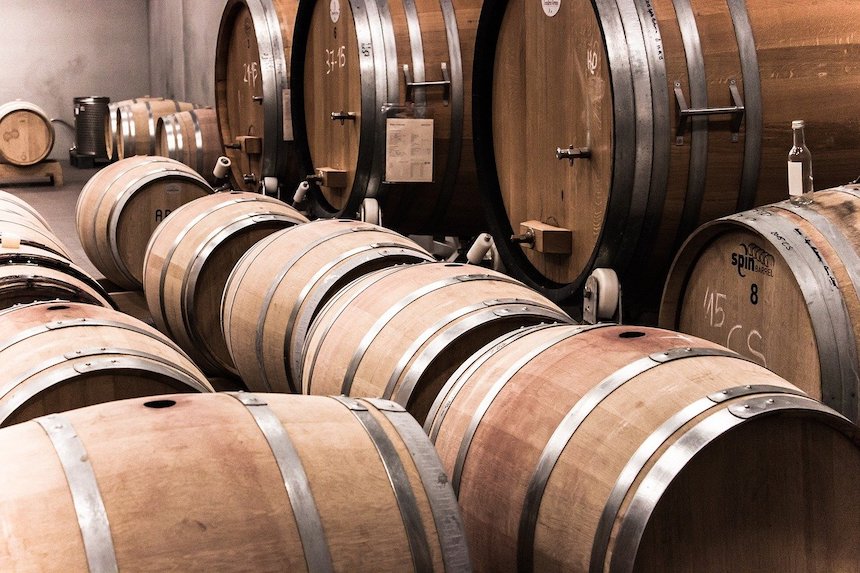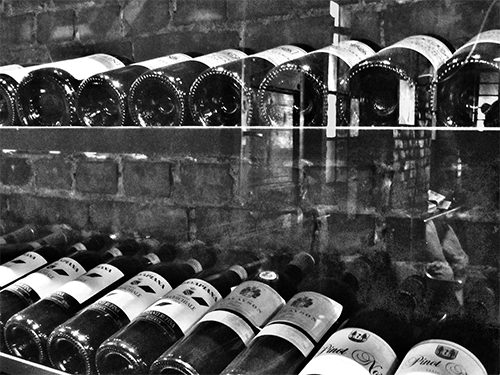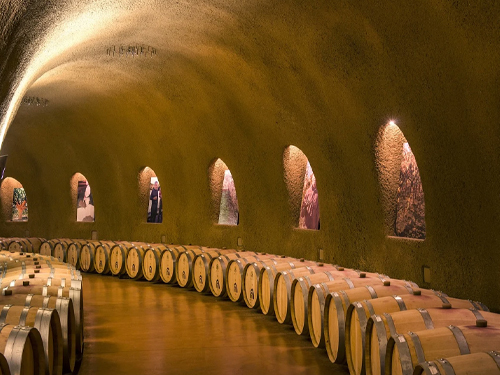Rédigé le 17/01/2022
Tout savoir pour comprendre les étiquettes !

Cette situation nous est tous déjà arrivée au mois une fois dans notre vie. Vous devez vous rendre à un dîner, naturellement, vous décidez de vous présenter avec une bouteille de vin mais une fois arrivée dans votre supermarché, vous ne savez pas quoi choisir face aux nombreuses références qui peuvent être proposées.
Nous allons vous apprendre à décrypter correctement une étiquette de vin de Bourgogne, qui n'est autre que la carte d'identité du vin, afin de mieux comprendre vers quoi vous vous dirigez.
Pour commencer, sachez qu'il y a plusieurs mentions obligatoires sur les bouteilles, tout d'abord, une première catégorie qui en dit long sur la qualité et l'authenticité :
Cela permet d'en connaître plus sur le territoire de production et sur le cahier des charges auquel le vin a été soumis. Elle est toujours associée à la mention AOP (Appellation d'origine contrôlée), ou AOC (Appellation d'origine contrôlée). Pour en savoir un peu plus sur ces mentions,
cliquez ici.
- Le nom, la raison sociale et l'adresse :
Toutes les informations du metteur en bouteille doivent apparaître, qu'il s'agisse du producteur lui-même ou bien d'une cave coopérateur. Ces mentions sont également accompagnées des formules "Mis en bouteille par" ou Conditonnée par", afin de n'avoir aucun secret sur le lieu de fabrication.
Si le vin est expédié à l'étranger, il est nécessaire de savoir son pays de production, par soucis de transparence notamment.
Comme tout produit alimentaire, le vin est soumis à un numéro de lot. Cela permet de suivre le lot de production s'il y a un souci sur celle-ci par exemple. Il n'apparaît pas toujours sur l'étiquette directement mais peut être visible sur la capsule.
Il y a également d'autres mentions qui en disent davantage sur la nature du vin.
Qu'elle soit en centilitre ou en millilitre, cette mention doit apparaître sur la bouteille
Cela doit évidemment apparaître sur la bouteille. Elle apparaît sous la forme de pourcentage et peut être précédée de la mention "alc.", "alcool acquis", ou "titre alcoométrie volume acquis".
- Les allergènes / Les sulfites :
Il est important d'avoir cette mention pour informer les consommateurs qui pourraient être allergiques. Des dérivés de lait ou d'oeuf pour être utilisés pour le collage des vins pour les rendre plus brillants notamment. Cela est presque toujours éliminé lors de la filtration mais quelques traces peuvent subsister. SI ces produits sont utilisés, la mention doit apparaître.
L'indication de la présence d'anhydride sulfureux et sulfites en concentration de plus de 10 mg/L est obligatoire.
- Les mentions sanitaires :
Depuis le 3 octobre 2007, un avertissement sanitaire doit être apposé sur les bouteilles de vin à destination des femmes enceintes. Un pictogramme apparaît ou bien la mention suivante : "La consommation de boissons alcoolisées pendant la grossesse, même en faible quantité, peut avoir des conséquences graves sur la santé de l’enfant".
Les vins de Bourgogne sont soumis à une réglementation supplémentaire puisque depuis 2002, une mention supplémentaire est obligatoire à savoir "Vin de Bourgogne", qui est totalement indépendant du niveau d'appellation ou bien "Grand vin de Bourgogne", mais uniquement pour les appellations Villages, Premiers Crus et Grands Crus.
Sur la bouteille de vin, peut également apparaître les médailles ou les nombreuses récompenses du vin. Sur la contre-étiquette, certains producteurs n'hésitent pas à raconter une courte histoire sur leur vigne, leur production, l'âge des vignes, mais aussi le cépage ou encore le climat.
Autant d'informations qui vous permettront de trouver le vin le plus adapté à vos besoins !














